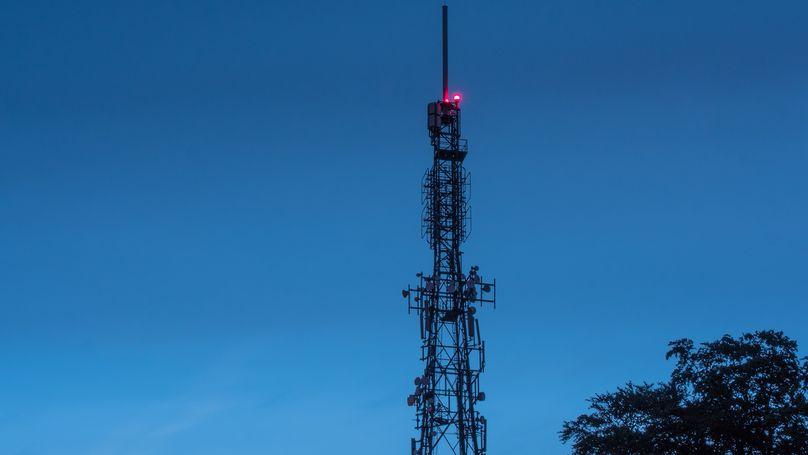Significant levels of exposure to radio waves from telecom masts can affect health, requiring exclusion zones to protect the public. This is despite their being non-ionising and so lacking the energy levels of ionising radiation.
Safety rules aimed at curbing radiation mean that installations required for fifth-generation apparatus have exclusion zones which can be up to two and half times larger than their 4G equivalents (see graphic below).
This Government is committed to boosting next-generation mobile as part of its industrial strategy so business can be done on the move, promoting dynamic enterprises with new opportunities and markets.
So-called radiation exclusion zones have been designed to protect the public from potentially harmful radio emissions associated with stronger 5G signals. But in many sites earmarked for new masts or upgraded 5G services across the UK, the zones take in some of the neighbouring buildings or adjacent land uses.
When applying for planning permission, operators are required to confirm only that the mast will comply with ICNIRP guidelines and don’t have to disclose the exclusion boundaries; meaning that neither the owner nor the planning authority is able to assess the effect of the mast on buildings, land or other activities.
Mike Reid, head of utilities at the property consultancy Galbraith said:
Local councils and owners need to be aware of this issue, whatever other controversies may confront 5G,
We’re dealing with a 5G mast application where the proposed exclusion zone would sterilise the upper floors of houses near the site.
Nobody in either house should enter the upper floor but the residents aren’t directly consulted about the planning application and may not be aware of the potential impact the site could have on their properties. Information on exclusion zones was only provided to the owner as we were aware of this issue and made a specific request for these details.
Mobile-network operators are caught in a double bind because in many cases the only practical solution would be to build a higher mast and this will often be refused by local planners on the basis of visual amenity.
To compound the problem, if buildings are affected by these exclusion zones, the Code doesn’t give the owner the ability to ask the operator to remove the apparatus from their property on these grounds. This creates a difficult situation for the owner as not only may buildings be affected, but there are liability issues as well.
While many companies try to adapt work places to accommodate social distancing for people returning to work after lockdown areas not previously occupied may be utilised and any Risk Assessment should take into account the invisible exclusion zones from nearby telecom sites to avoid placing employees in a hazardous situation.
It’s not only a business issue. A generation has grown up reliant on mobile technology and modernisation is aimed at improving everyday life – connecting friends, family and colleagues, improving personal safety and providing access to information is now taken for granted.
The mobile industry needs to find a solution to this issue as any radio mast site that puts public health at risk is not acceptable.
